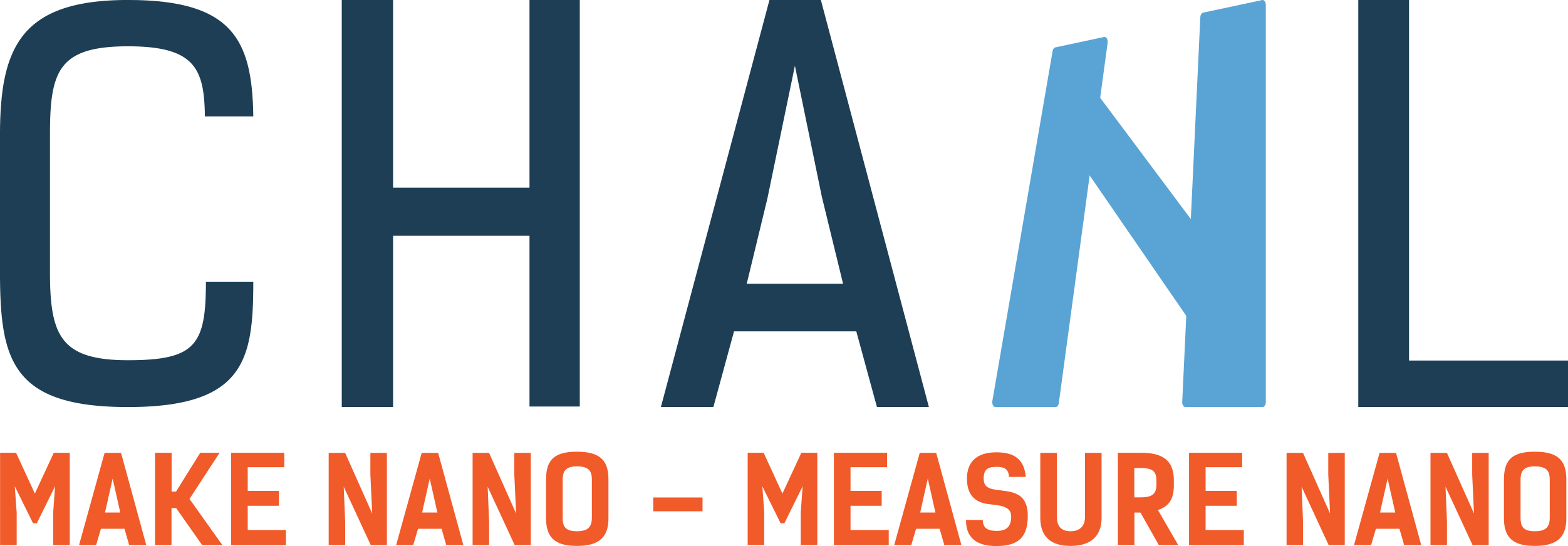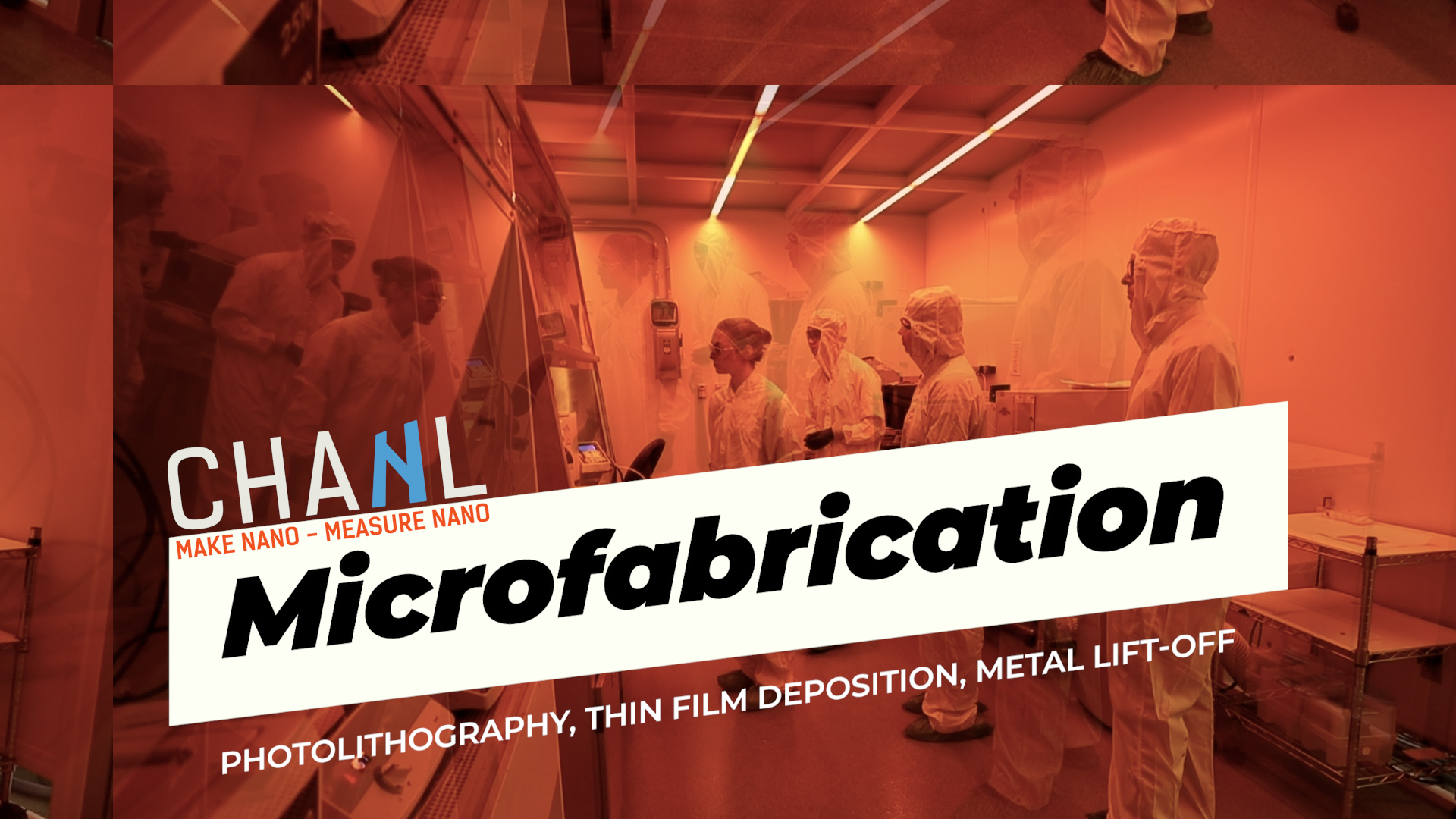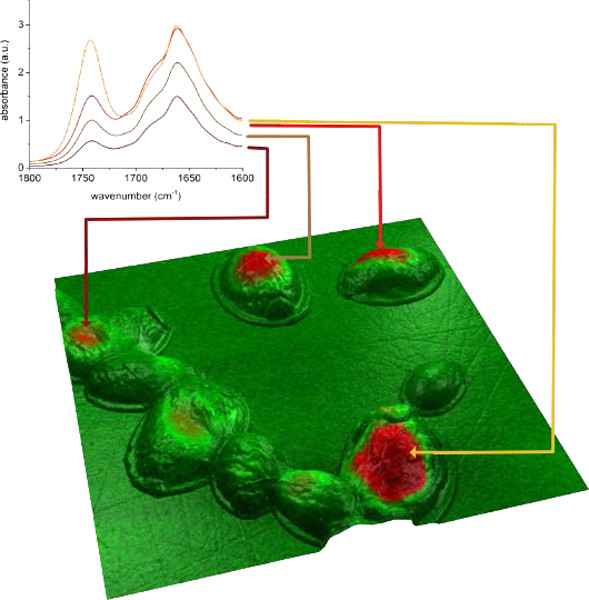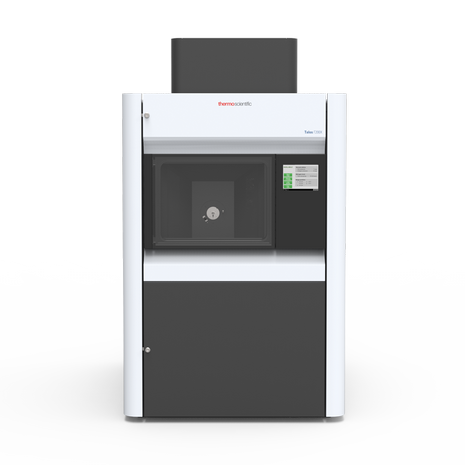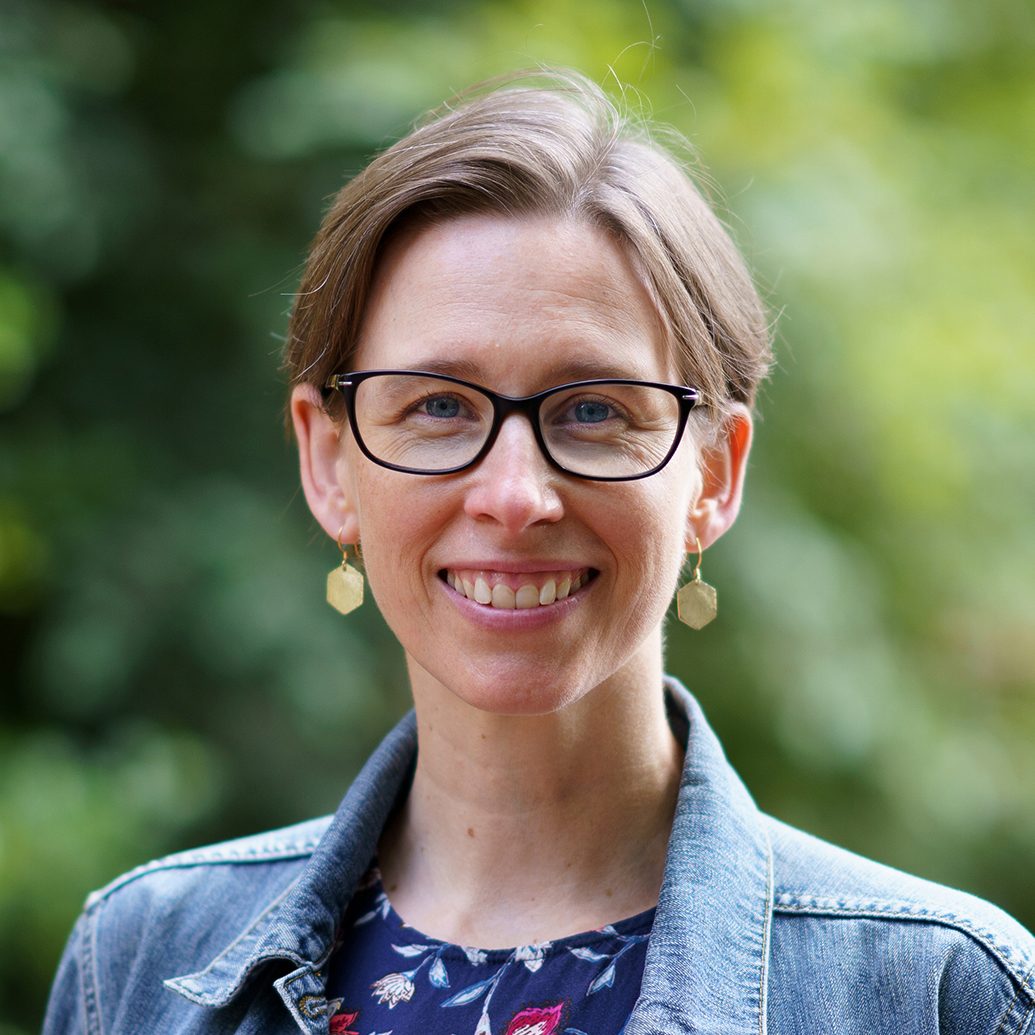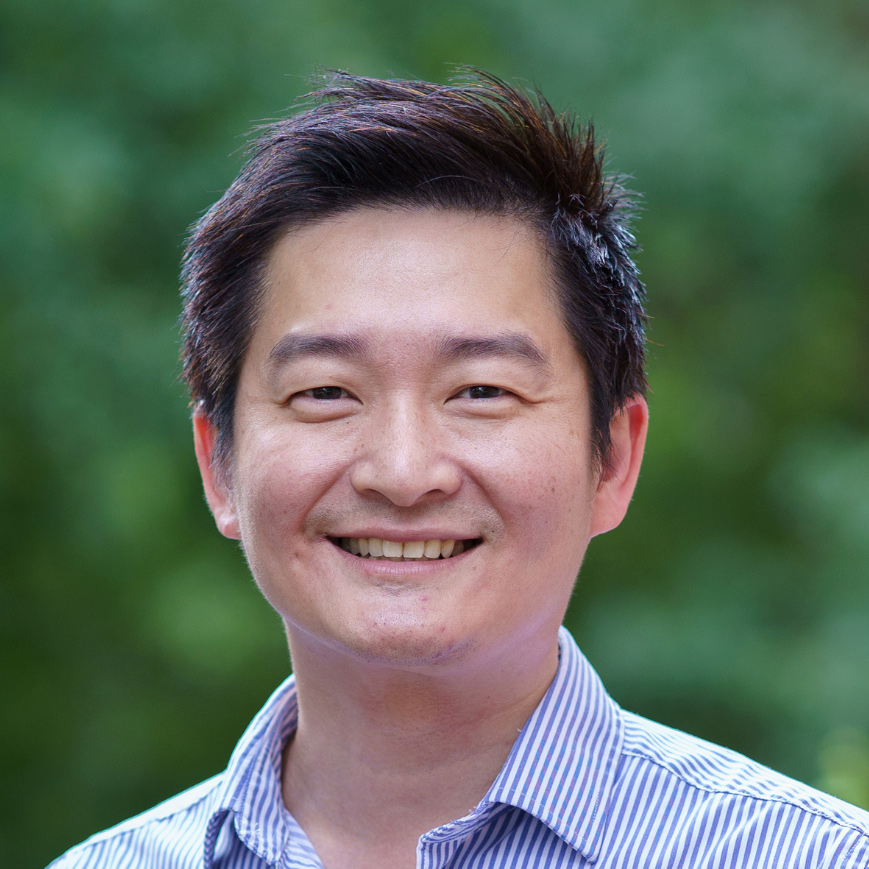Home

ACKNOWLEDGEMENT
CHANL receives support from NSF through the National Nanotechnology Coordinated Infrastructure, NNCI, program. If you publish a paper that includes data acquired or structures fabricated in CHANL, please include the following in the acknowledgement section of your paper. Once your paper is published, please send it to Vivian Lin, so that we can also add it to CHANL’s list of publications. Thank you!
NSF Acknowledgement Statement:
This work was performed in part at the Chapel Hill Analytical and Nanofabrication Laboratory, CHANL, a member of the North Carolina Research Triangle Nanotechnology Network, RTNN, which is supported by the National Science Foundation, Grant ECCS-2025064, as part of the National Nanotechnology Coordinated Infrastructure, NNCI.
